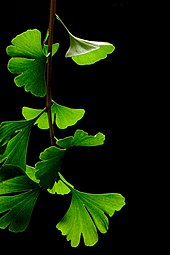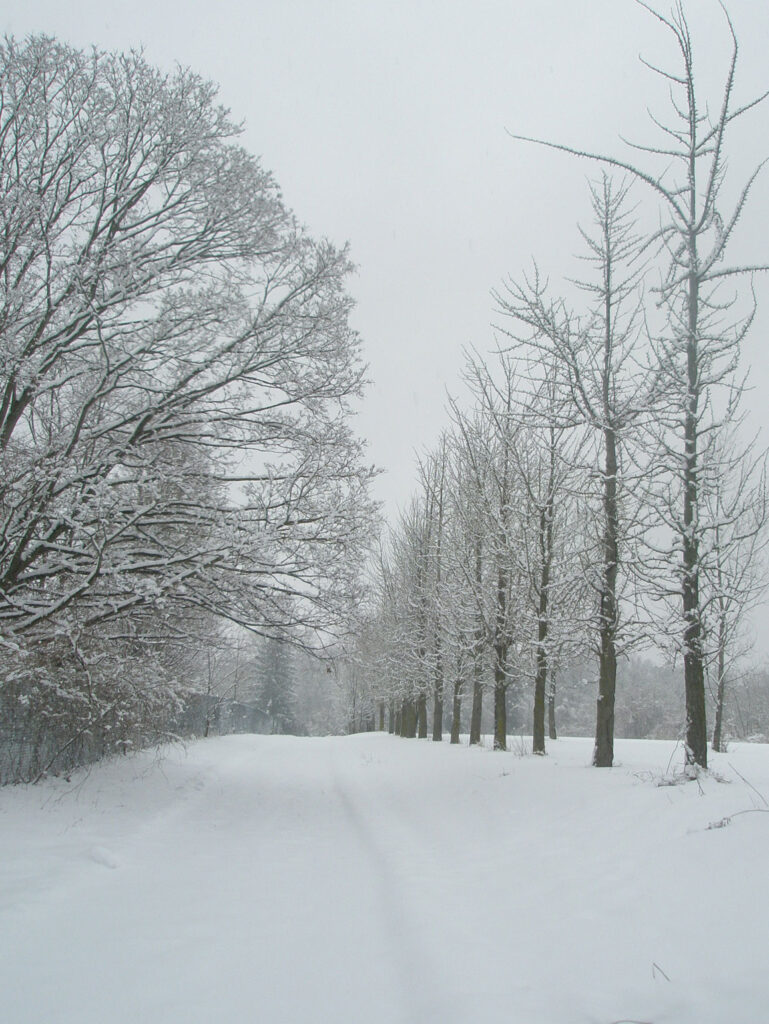Ginkgo biloba ‘Princeton Sentry’

Growing in a narrow (columnar) form, ‘Princeton Sentry’ is a Princeton Nurseries selection of Ginkgo biloba.
It features distinctive two-lobed, fan-shaped, green leaves with almost parallel veins. Along Mapleton Road, in front of the D&R Canal State Park Headquarters (formerly the Princeton Nurseries Sales Office) are three very tall female ginkgos. These may be the genetic source for the Princeton Sentry and other ginkgo varieties that were sold by Princeton Nurseries.

The ginkgo is a large, deciduous tree that can mature to 100′ tall and is considered to be a living fossil. It is the only surviving member of a group of ancient plants that inhabited the earth up to 150 million years ago. With its tall, slender, and graceful form, beautiful leaves, and its longevity and hardiness—it is resistant to drought, heat, pollution, wind, snow, and insects—it is a perfect tree in an urban context or any other setting. At left is Mapleton Preserve’s ginkgo row in winter.

The leaves turn bright yellow in fall and persist for several weeks. When the leaves drop, they drop rapidly, often all at once, even in a single day, forming a golden carpet or halo around the tree. Ginkgos are dioecious (separate male and female trees). ‘Princeton Sentry’ is a male variety. Nurseries typically sell only male trees because female trees produce fleshy, fruit-like cones that emit a foul smell after falling to the ground.
Amazing facts from Wikipedia: “The ginkgo tree has a large genome of 10.6 billion DNA nucleobase ‘letters’ (the human genome has three billion) and about 41,840 predicted genes which enable a considerable number of antibacterial and chemical defense mechanisms. In 2020, a study in China of ginkgo trees up to 667 years old showed little effects of aging, finding that the trees continued to grow with age and displayed no genetic evidence of senescence, and continue to make immuno-defense chemicals throughout their life.”
